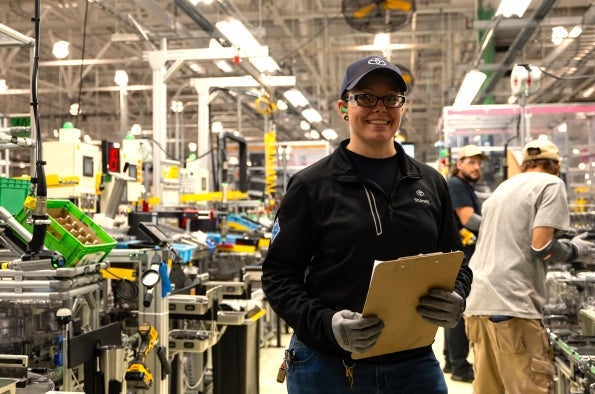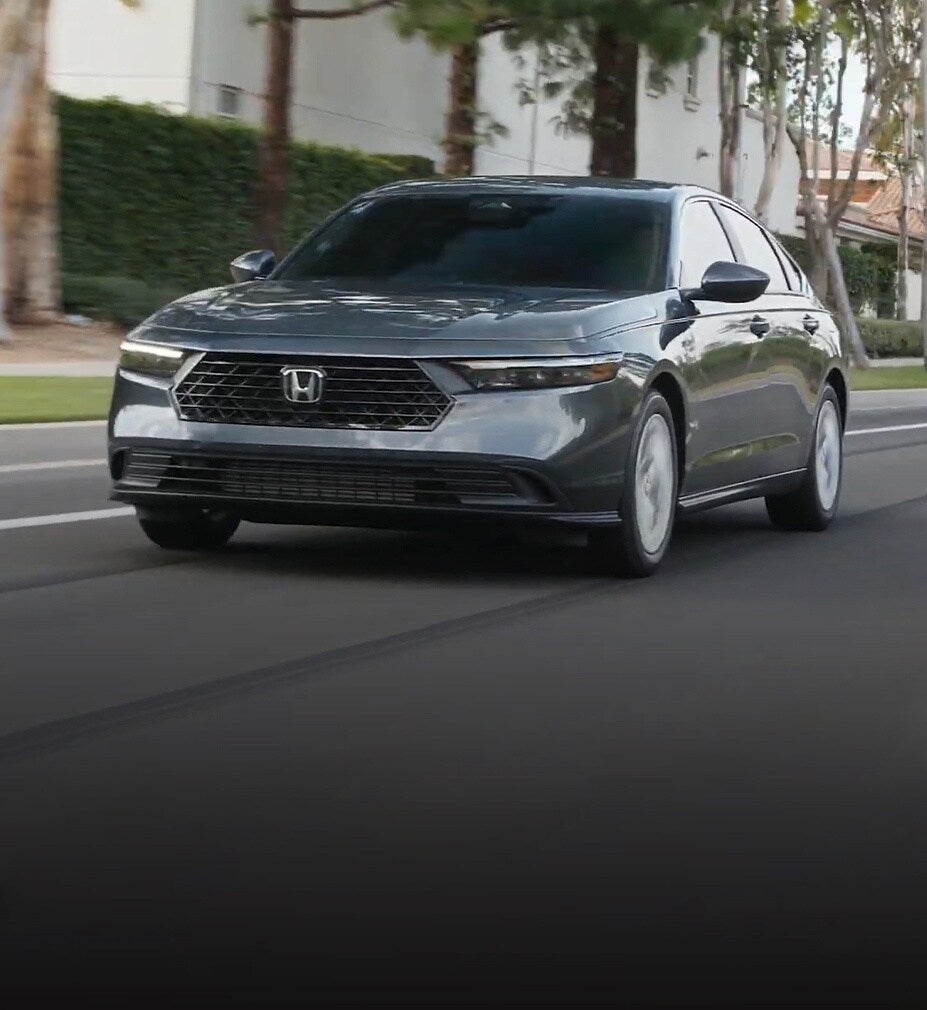
The United States Postal Service has unveiled its first set of electric vehicle (EV) charging stations at its South Atlanta Sorting and Delivery Center (S&DC).
Charging stations like these will be installed at hundreds of new S&DCs across the country throughout the year and will power what will be the nation’s largest EV fleet. Electrification and modernisation of the delivery fleet is part of the organisation’s $40bn investment strategy to upgrade and improve the USPS processing, transportation, and delivery networks.
USPS also showcased new battery powered and domestically manufactured commercial off the shelf (COTS) delivery vehicles that will make up a portion of the Postal Service’s EV fleet. Deployment of electric delivery trucks will start in Georgia and then expand to other locations across the country throughout the year. The vehicles feature air conditioning and advanced safety technology and are designed to meet modern operational requirements.
The procurement of EVs and charging stations is enabled by the Postal Service’s overall network modernization efforts — which allow more rapid EV deployment — as well as its improving financial condition, which includes $3 billion in congressional funding appropriated under the Inflation Reduction Act (IRA).
S&DCs local hubs for EV deployment
As part of its 10-year Delivering for America (DFA) plan, the Postal Service expects to convert approximately 400 sites into S&DCs nationwide. These centres which provide faster and more reliable mail and package delivery over a greater geographic area will serve as the local hubs to deploy EVs along local carrier routes.
How well do you really know your competitors?
Access the most comprehensive Company Profiles on the market, powered by GlobalData. Save hours of research. Gain competitive edge.

Thank you!
Your download email will arrive shortly
Not ready to buy yet? Download a free sample
We are confident about the unique quality of our Company Profiles. However, we want you to make the most beneficial decision for your business, so we offer a free sample that you can download by submitting the below form
By GlobalDataAs of January 2024, the Postal Service has opened 29 S&DCs nationwide.
Building a nationwide network of electric vehicle charging stations ready to power USPS EVs
The charging stations displayed at the Atlanta S&DC were manufactured by Siemens and will be able to efficiently charge EVs overnight prior to the next day’s deliveries. The first 14,000 EV chargers will be manufactured by three Siemens, Rexel/ChargePoint, and Blink.
Ongoing commitment to electrifying America’s largest and oldest federal fleet
USPS plans on procuring 21,000 COTS EVs — including 9,250 from Ford — depending on market availability and operational feasibility.
It anticipates adding at least 45,000 battery-electric Next Generation Delivery Vehicles (NGDVs) by 2028, bringing the total number of EVs in the delivery fleet to 66,000. It will also continue to explore the feasibility of achieving 100% electrification for its delivery vehicle fleet.
Updating and modernising the fleet will allow delivery vehicles to haul larger volumes of mail and packages. The Ford E-Transits displayed in Atlanta have nearly three times the cargo capacity of the Grumman LLV delivery vehicles that the Postal Service currently uses. Increased cargo capacity will reduce inefficient transportation, improve delivery operations and eliminate the need for many second trips carriers take to deliver high volumes of packages.







